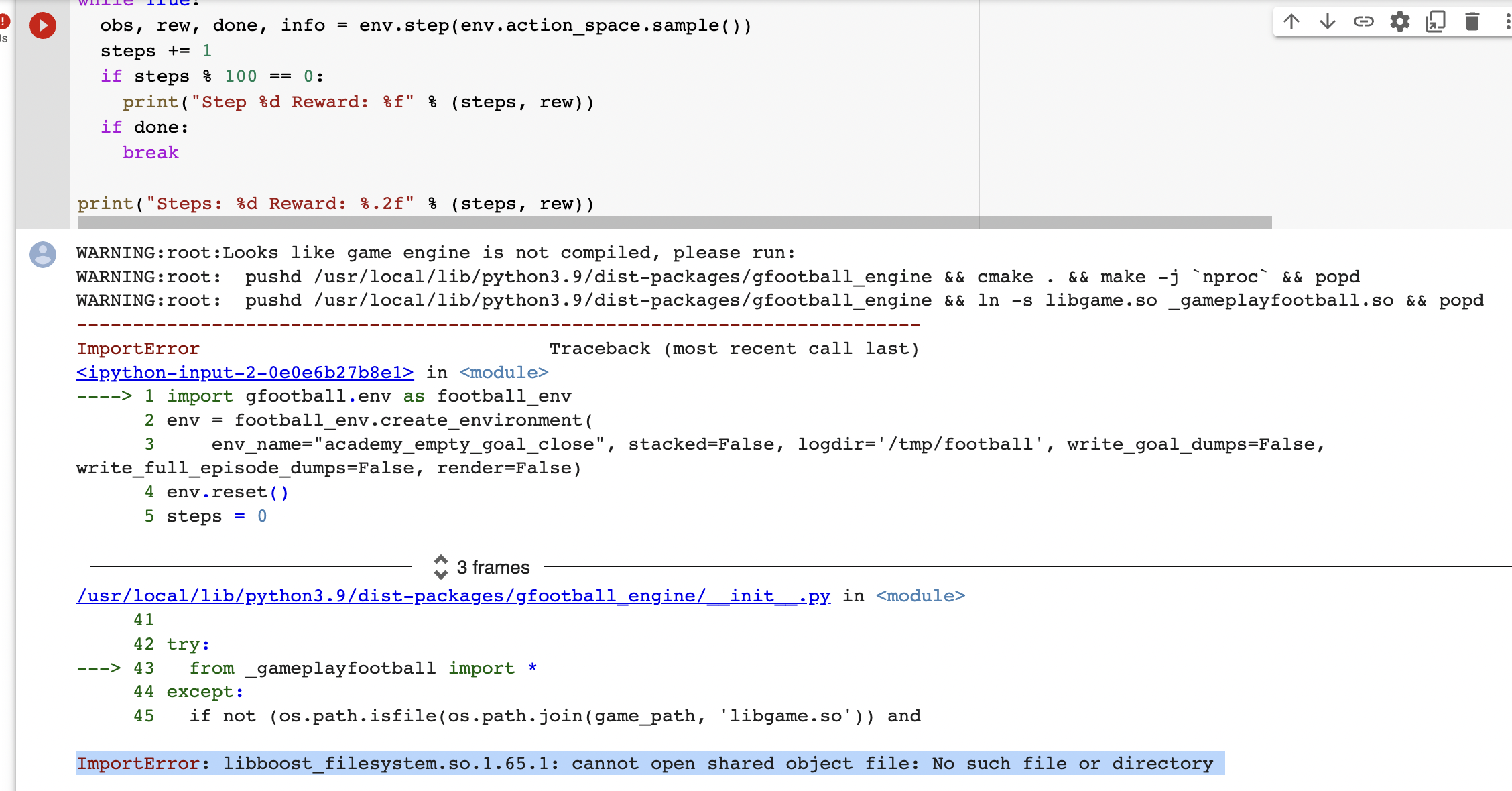Hi! My name is Eric Yu, and I wrote this repository to help beginners get started in writing Proximal Policy Optimization (PPO) from scratch using PyTorch. My goal is to provide a code for PPO that's bare-bones (little/no fancy tricks) and extremely well documented/styled and structured. I'm especially targeting people who are tired of reading endless PPO implementations and having absolutely no idea what's going on.
If you're not coming from Medium, please read my series first.
I wrote this code with the assumption that you have some experience with Python and Reinforcement Learning (RL), including how policy gradient (pg) algorithms and PPO work (for PPO, should just be familiar with theoretical level. After all, this code should help you with putting PPO into practice). If unfamiliar with RL, pg, or PPO, follow the three links below in order:
If unfamiliar with RL, read OpenAI Introduction to RL (all 3 parts)
If unfamiliar with pg, read An Intuitive Explanation of Policy Gradient
If unfamiliar with PPO theory, read PPO stack overflow post
If unfamiliar with all 3, go through those links above in order from top to bottom.
Please note that this PPO implementation assumes a continuous observation and action space, but you can change either to discrete relatively easily. I follow the pseudocode provided in OpenAI's Spinning Up for PPO: https://spinningup.openai.com/en/latest/algorithms/ppo.html; pseudocode line numbers are specified as "ALG STEP #" in ppo.py.
Hope this is helpful, as I wish I had a resource like this when I started my journey into Reinforcement Learning.
First I recommend creating a python virtual environment:
python -m venv venv
source venv/bin/activate
pip install -r requirements.txt
To train from scratch:
python main.py
To test model:
python main.py --mode test --actor_model ppo_actor.pth
To train with existing actor/critic models:
python main.py --actor_model ppo_actor.pth --critic_model ppo_critic.pth
NOTE: to change hyperparameters, environments, etc. do it in main.py; I didn't have them as command line arguments because I don't like how long it makes the command.
main.py is our executable. It will parse arguments using arguments.py, then initialize our environment and PPO model. Depending on the mode you specify (train by default), it will train or test our model. To train our model, all we have to do is call learn function! This was designed with how you train PPO2 with stable_baselines in mind.
arguments.py is what main will call to parse arguments from command line.
ppo.py contains our PPO model. All the learning magic happens in this file. Please read my Medium series to see how it works. Another method I recommend is using something called pdb, or python debugger, and stepping through my code starting from when I call learn in main.py.
network.py contains a sample Feed Forward Neural Network we can use to define our actor and critic networks in PPO.
eval_policy.py contains the code to evaluating the policy. It's a completely separate module from the other code.
graph_code directory contains the code to automatically collect data and generate graphs. Takes ~10 hours on a decent computer to generate all the data in my Medium article. All the data from the medium article should still be in graph_code/graph_data too in case you're interested; if you want, you can regenerate the graphs I use with the data. For more details, read the README in graph_code.
Here's a great pdb tutorial to get started: https://www.youtube.com/watch?v=VQjCx3P89yk&ab_channel=TutorialEdge
Or if you're an expert with debuggers, here's the documentation: https://docs.python.org/3/library/pdb.html
Here's a list of environments you can try out. Note that in this PPO implementation, you can only use the ones with Box for both observation and action spaces.
Hyperparameters can be found here.
Please refer to my Medium article.
If you have any questions or would like to reach out to me, you can find me here:
Email: [email protected]
LinkedIn: https://www.linkedin.com/in/eric-yu-engineer/

